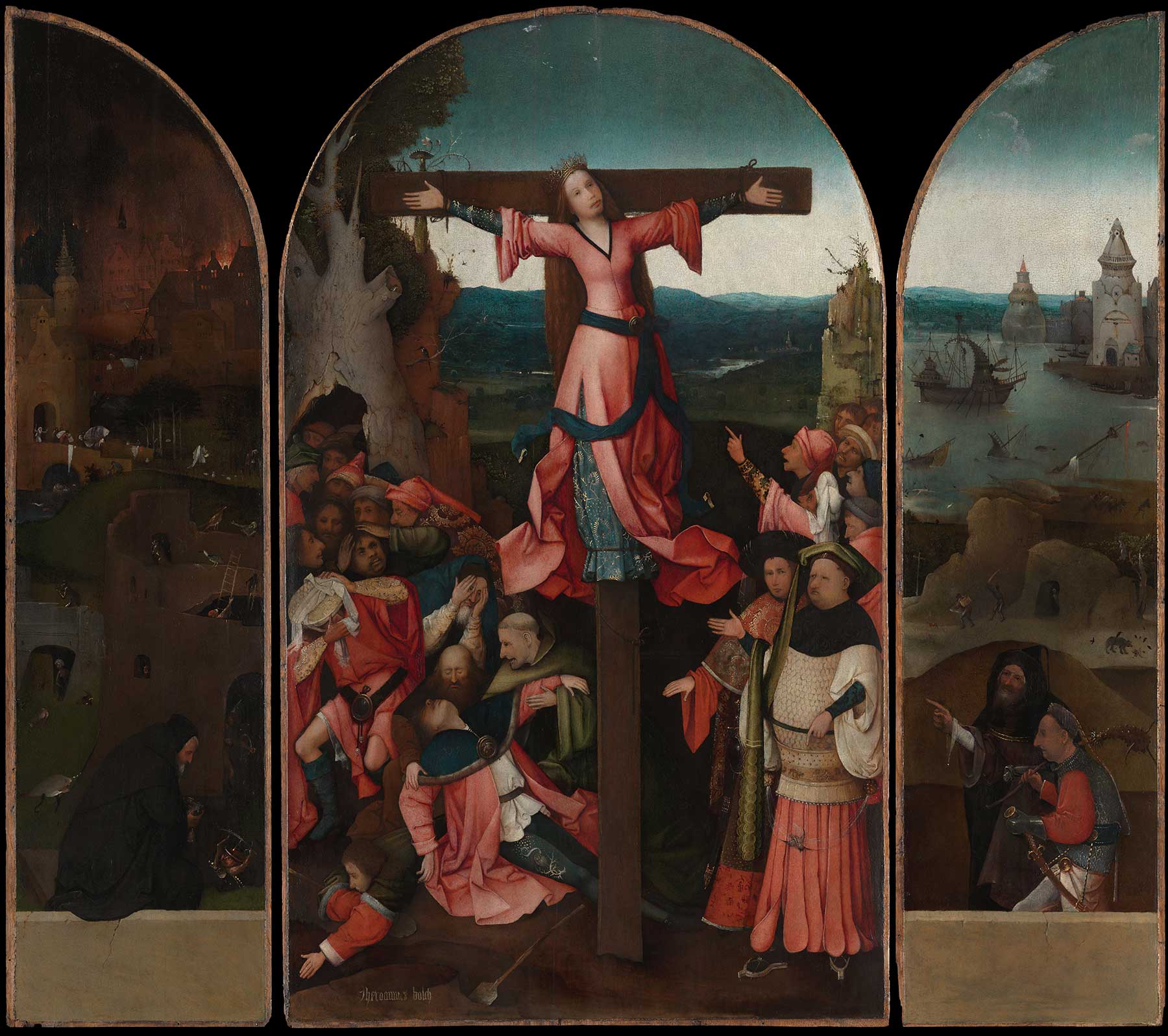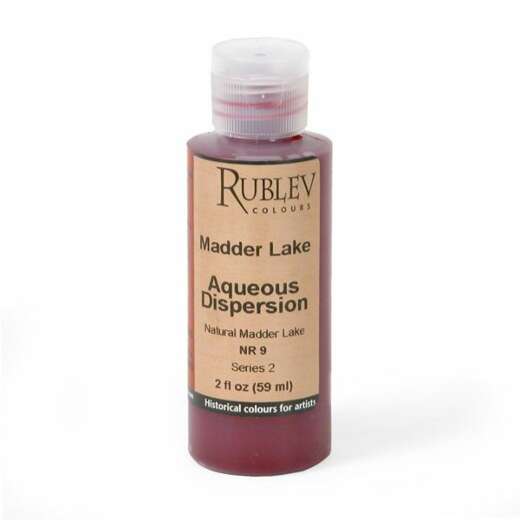
Harley believes that the English word pink referred to a pseudo-lake pigment, differentiating it from lake pigments, for which the English word lake described. Some of the treatises cited in another article describe depositing the dye on alum (aluminum sulfate potash) or chalk (calcium carbonate). This differs from the process used to make lake pigments, where the dye is precipitated on freshly made aluminum hydroxide. Interestingly, aluminum hydroxide is made by dissolving alum or aluminum sulfate in water and then precipitating it in a chemical reaction with an alkali, such as soda ash (sodium carbonate) or pearl ash (potassium carbonate), by adding this alkali dissolved in water to the first solution. Aluminum hydroxide precipitates from the solution as a powder, gel, or horny mass, depending upon the temperature and pH of the solutions. This procedure is quite different from the treatises for making Dutch pink.
Terry describes the process in detail that is similar to other writers:
Pour into this mixture [the previously prepared solution of dye—Ed.] warm, and at different times, a solution of two pounds of the sulphate of alumine (alum) in five pounds of water : a slight effervescence will take place ; and the sulphate being decomposed, the alumine, which is precipitated, will seize on the colouring part. The liquor must then be filtered through a piece of close linen, and the paste which remains on the cloth, when divided into square pieces, is exposed on boards to dry. This is brown Dutch pink, because the clay in it is pure. The intensity of the colour shows the quality of this pink, which is superior to that of the other compositions.
There is no mention of any alkali in his instructions that would form aluminum hydroxide, which is the method for making lake pigments.
References
R.D. Harley. Artists’ Pigments c. 1600-1835. Archetype Publications, 1982. 107–114.
Pierre François Tingry. The Painter and Varnisher’s Guide: Or, A Treatise, Both in Theory and Practice, on the Art of Making and Applying Varnishes, on the Different Kinds of Painting; and on the Method of Preparing Colours Both Simple and Compound. Printed for G. Kearsley, J. Taylor, 1804. 366.











